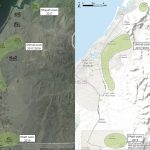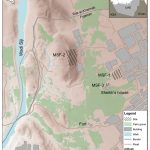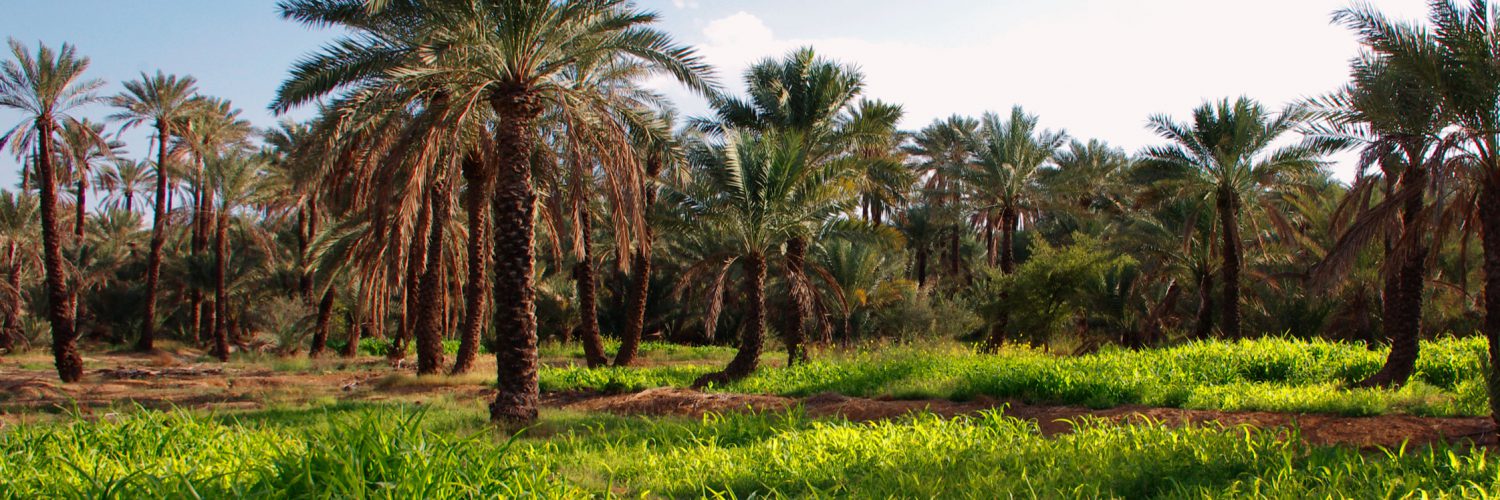Rustaq Project
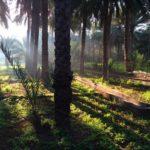 The Rustaq Batinah Archaeological Survey is an archaeological survey of the mid-Batinah area around Rustaq and the corresponding coastline. The project is organised by Durham University, Sultan Qaboos University and the Omani Ministry of Heritage and Culture. It is directed by Dr Derek Kennet and Dr Nasser Said al-Jahwari. It is funded by the Anglo-Omani Society (UK). The project began in the winter of 2013/14 and the last of five field seasons will take place in the winter of 2017/18.
The Rustaq Batinah Archaeological Survey is an archaeological survey of the mid-Batinah area around Rustaq and the corresponding coastline. The project is organised by Durham University, Sultan Qaboos University and the Omani Ministry of Heritage and Culture. It is directed by Dr Derek Kennet and Dr Nasser Said al-Jahwari. It is funded by the Anglo-Omani Society (UK). The project began in the winter of 2013/14 and the last of five field seasons will take place in the winter of 2017/18.
The aims of the project are to explore the archaeology of the Rustaq wilaya and the area of the Batinah to the north towards the sea. The underlying argument being that the fertile Batinah has been a key area in Oman’s history yet is markedly under-explored from an archaeological perspective.
The project will aim to locate and record archaeological surface remains in this area with two intentions: 1/ to provide a complete archive to the Ministry of Heritage and Culture to assist it with heritage management and preservation and 2/ to use the data as a basis to undertake a detailed scientific analysis of the ancient settlement history of the area.
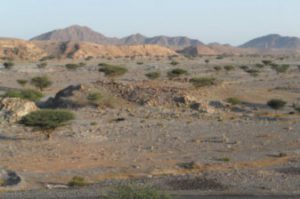 So far the project has been highly successful. A large number of surface artefacts and pottery have been collected over 2000 archaeological ‘locii’ have been recorded and a number of soundings have been made to retrieve environmental evidence. Important trends have already begun to emerge related to the development of settlement and agriculture in the area. A number of important archaeological sites have been discovered and recorded for the first time and have been added to the Ministry of Heritage and Culture’s list of protected sites.
So far the project has been highly successful. A large number of surface artefacts and pottery have been collected over 2000 archaeological ‘locii’ have been recorded and a number of soundings have been made to retrieve environmental evidence. Important trends have already begun to emerge related to the development of settlement and agriculture in the area. A number of important archaeological sites have been discovered and recorded for the first time and have been added to the Ministry of Heritage and Culture’s list of protected sites.
Evidence of settlement dating to between 3800 BC and the 20th century AD has been recorded including Bronze Age, Iron Age, early, middle and late Islamic material. Notably large amounts of evidence for Iron Age (1300-400 BC)settlement have come to light as has evidence for the location of the early Islamic site of Manaqi, scene of the famous battle between the Omanis and the Abbasids in 939/940 AD.
The area has proven itself to be extremely rich in archaeological remains, despite the rapid development of modern Rustaq and surrounding areas in recent years.
Field team
- Derek Kennet (director), archaeology
- David Moger, archaeology
- Sam Botan, archaeology
- Louise Purdue, geoarchaeology
- Hatem Djerbi, malacology
- Aline Garnier, phytolithology
- Ash Parton, geomorphology
- Julien Charbonnier, ethnoarchaeology
- Gourguen Davtian, geomatics
- Clément Virmoux, geophysics
Lab team
- Ian Bailiff, OSL dating
- Lisa Snape-Kennedy, OSL dating
- Frank Preusser, OSL dating
- Thierry Blasco, chemistry
- Arnaud Mazuy, chemistry
- Linda Herveux, palaeobotany
- Alain Carré, palaeobotany
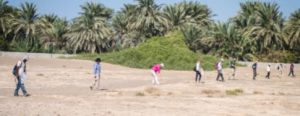
Traduction française : Opération Rustaq (Oman)
Le projet archéologique Rustaq-Batinah a pour objectif la prospection de la Batinah centrale, de la côte à la ville de Rustaq. Le projet est organisé par l’université de Durham (Royaume-Uni), l’université Sultan Qaboos et le Ministère de la Culture du Sultanat d’Oman. Il est dirigé par le Dr Derek Kennet et le Dr Nasser Said al-Jahwari et bénéficie du soutien financier de la Société Anglo-Omanaise. Le projet a débuté au cours de l’hiver 2013/2014 et la 5e campagne se déroulera à l’hiver 2017-2018.
L’objectif du projet est d’explorer les sites archéologiques de la province de Rustaq jusqu’à la côte de la Mer d’Oman au nord. En effet, la région fertile de la Batinah a joué un rôle clé dans l’histoire de l’Oman mais a été jusqu’à présent peu étudiée par les archéologues.
Le projet doit permettre de localiser et documenter les vestiges archéologiques de surface. L’objectif est double : 1/ soumettre ces données au Ministère de la Culture du Sultanat afin de permettre la gestion et la préservation des vestiges et 2/ exploiter ces données pour réaliser une étude diachronique des établissements anciens.
Le projet a déjà obtenu d’excellents résultats. Objets et tessons ont été collectés en grande quantité sur plus de 2000 sites archéologiques et de nombreux sondages ont été effectués pour analyser l’évolution de l’environnement. Des tendances se dessinent déjà concernant l’apparition et le développement des habitats et des zones agricoles dans la région. Les nombreux sites archéologiques découverts ont par ailleurs été ajoutés sur la liste des sites protégés par le Ministère de la Culture.
Ces sites peuvent être datés entre 3800 avant J.-C. et le XXe siècle de notre ère ; la liste inclue des établissements de l’âge du Bronze, de l’âge du Fer et de la période Islamique. De très nombreux sites de l’âge du Fer (1300-400 avant J.-C.) ont notamment été mis en évidence, de même que l’emplacement de la ville ancienne de Manaqi, qui a été le théâtre de la célèbre bataille entre les omanais et les Abbassides en 939/940 de notre ère.
La région s’est donc révélée extrêmement riche en vestiges archéologiques, malgré le rapide essor de la ville de Rustaq et le développement de la Batinah au cours des dernières décennies.
